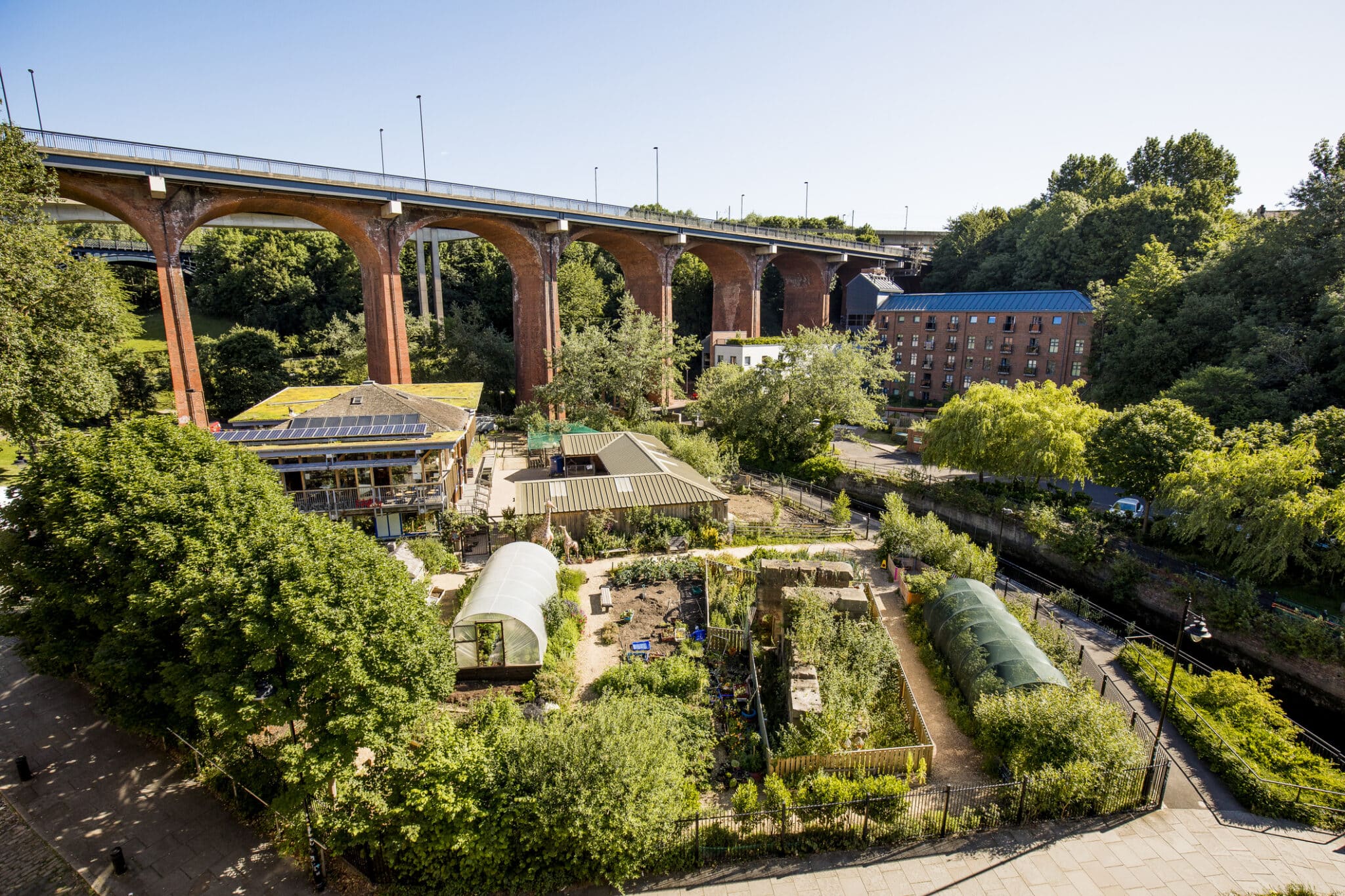Rumored Buzz on City Blooming
Rumored Buzz on City Blooming
Blog Article
Things about City Blooming
Table of ContentsThe smart Trick of City Blooming That Nobody is Talking AboutIndicators on City Blooming You Need To KnowCity Blooming - QuestionsIndicators on City Blooming You Should KnowLittle Known Facts About City Blooming.
Interested in growing food to buy in the City of Chicago? Considering beginning an area garden? Changes to the Chicago Zoning Regulation allow agricultural usages like neighborhood yards and city farms in many parts of the city. Below is a checklist of regularly asked inquiries pertaining to the rules and guidelines that cultivators need to take into consideration when planning a metropolitan agriculture job.
The zoning amendment does not change any kind of other codes dealing with composting, structure authorizations, buying or renting City possessed residential property, business licenses or ecological contamination. There are existing codes that control these concerns and they remain completely result and may be relevant to your task. Neighborhood yards are commonly possessed or taken care of by public entities, civic organizations or community-based companies and kept by volunteers.
Urban farms grow food that is intended to be sold, either on a not-for-profit or for-profit basis. Due to their industrial purpose, metropolitan farms require a company certificate. Yes. A community garden is permitted to sell surplus produce that was grown on site if the sales are accessory or subordinate to the yard's main objective described over.
The Basic Principles Of City Blooming
Composting is allowed but just for plant product that is created and utilized on site. The quantity of compost material can not exceed 25 cubic lawns at any type of given time according to the criteria in 7-28-715 of the City's Municipal Code. Yes. Due to the fact that the dirt at most new yard sites requires modifying, garden compost, dirt, wood chips, or other products can be obtained to construct or enhance the expanding room - sustainable gardening.

If a building authorization is called for after that the hoophouse will certainly be considered an accessory structure. You can figure out even more concerning the structure license demands by speaking to the Department of Structures. The 25,000-square-foot size restriction is meant to stop a single community yard from controling a provided block or diminishing the block's existing residential or industrial character.
The limitation does not relate to gardens find located in Public Open Room (POS) areas. Can there be greater than one area yard that is 25,000 square feet on a single block? Yes. The dimension restriction uses to individual gardens, not to individual blocks. No. Secure fencing is not required, nonetheless, gardens that have huge parking lot might be needed to mount secure fencing or various other landscaping functions.
The Ultimate Guide To City Blooming
B1 & B2 districts require that all commercial use tasks be carried out inside. Is secure fencing needed for urban ranches? Fencings may be required, along with landscape design and testing, for specific parking areas and exterior work or storage locations depending on area and the specific activity taking place.
Urban ranches call for structure authorizations and zoning authorizations prior to construction (balcony and patio garden design). Various other types of city evaluation might be required depending on details frameworks, tasks, dimension, landscaping, licensing, public heath and stormwater management concerns.
Yes. The sort of permit is identified by what is occurring at the site. The Division of Service Matters and Customer Security can aid determine the details sort of service certificate that's needed. Yes. Off street car park is needed for most business projects in Chicago. The needed number of garage is based upon the number of employees dealing with website and not the square video of the growing space.
City Blooming Things To Know Before You Get This

A metropolitan ranch can market garden compost product generated on website, however, the procedure has to conform with the laws in 7-28-715 of the Chicago Municipal Code. Aquaponic systems are enabled inside your home on city farms in many zoning districts.
Approximately 5 hives or swarms of honey bees may be maintained as an accessory usage. However, beekeepers should sign up with the Illinois Division of Farming. For more details about the recommended zoning amendment you may call the Department of Real Estate and Economic Development, Bureau of Preparation and Zoning at 312.744.8563.
, which takes area in country locations at the side of residential areas.
The Definitive Guide to City Blooming
It can include an activity of organic growers, "foodies" and "locavores", that look for to create social networks based on a shared values of nature and neighborhood holism. These networks can develop by method of official institutional assistance, ending up being integrated right into regional community preparation as a "shift community" motion for lasting urban development.
In either situation, the extra direct access to fresh vegetable, fruit, and meat items that might be know via metropolitan agriculture can boost food safety and security and food safety while lowering food miles, bring about reduced greenhouse gas exhausts, thereby adding to environment adjustment mitigation. Several of the first evidence of urban agriculture comes from Mesopotamia.
Report this page